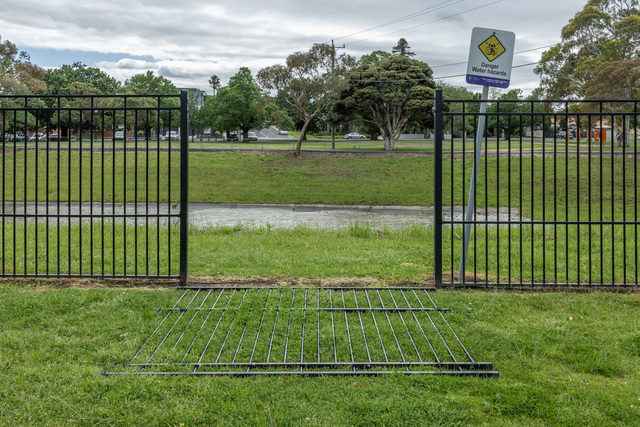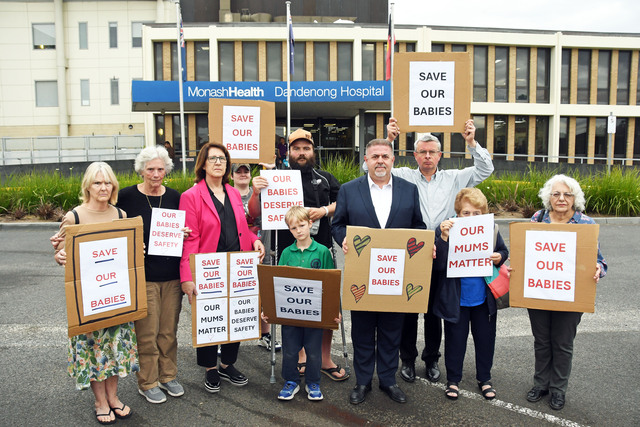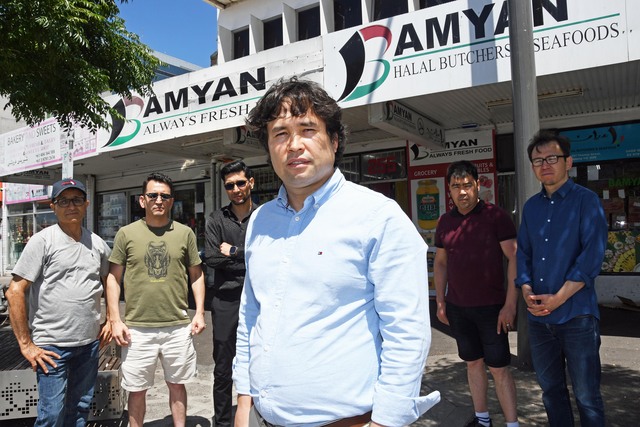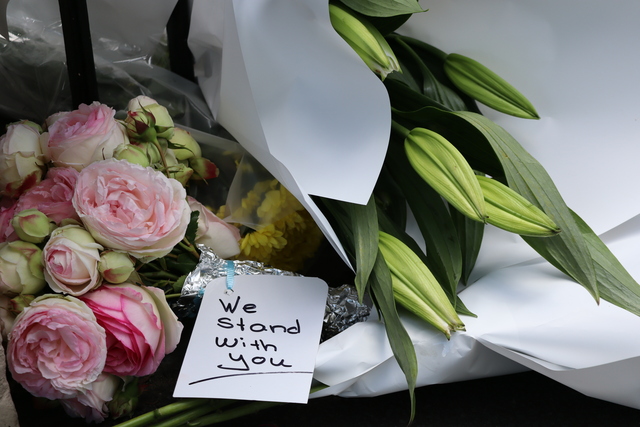By Casey Neill
The 85,000 chooks at Tamarix Egg Farm in Bangholme lay about 70,000 eggs each day.
“Here we have six different flocks at the moment,” owner Andrew Postregna said.
“That’s just to keep a consistent flow of eggs.
“You have different age groups.
“When they’re young they weigh a small egg, as they get older they get bigger and bigger and bigger.
“They start laying at about 16 weeks of age.
“We keep them to about 80 weeks.
“If you go further than that the shells become too weak.”
Mr Postregna was born into the egg business.
“I started working with my dad when I was five, six years old in the sheds,” he said.
“My dad came over from northern Italy in 1952.
“He started the original business in Chandler Road in Keysborough. I think they leased that farm.
“They ended up buying the one on Chapel Road in Keysborough.
“That’s where they built all the sheds.
“In that time he brought his brothers over and his mum and dad.
“They all got together and built up the business.
“Later the brothers took their own paths.
“My dad continued with that farm and then he purchased this property (on Frankston-Dandenong Road) in the mid-‘70s.
“He built the first sheds in the early to mid-‘80s here.”
Today there are three sheds on the farm.
“Two of them are caged and one of them is barn, or cage-free,” he said.
“The sheds are kept at a very constant temperature of about 20 degrees throughout the year.”
Mr Postregna built them following a trip to Europe.
“I went over there to see what I was going to do – whether I was going to go cage, barn, free range,” he said.
“I went to see all three systems.
“Free range was taking off over in Europe a bit back then.
“I went to a free range farm and I didn’t like it at all.
“It was coming into winter and all the chickens were outside.
“The paddocks were all mud and they were all dirty.
“At the cage farm I couldn’t believe how clean and well-run it was.
“I made up my mind then to do cages.”
Meanwhile, the free-range movement had started in Australia.
“I decided to do a barn shed here because it was in-between free range and cage,” he said.
“Over in Europe that’s the biggest type of egg they sell.
“Cage eggs still make up over 50 per cent of all the eggs in Australia.
“I noticed in England the caged system went down to 40 per cent but it turned around and it’s back up to almost 60 per cent again.
“Personally I think we need all three systems.
“A cage is a really efficient way of producing eggs and it’s affordable for a lot of people.
“You’ve got a continual consistent supply.
“With the other systems you have problems.
“When it gets cold they tend to drop in production, so there’s less eggs.
“We have such good animal welfare here in Australia.
“They can be assured that they’re getting a good product and a good animal welfare egg.
“We want a good healthy hen.”
Tamarix uses two chicken breeds, the hy-line brown and the lohmann brown.
“The hy-line tend to be a lot calmer bird, very placid,” Mr Postregna said.
“The lohmann tend to be more flighty.
“The lohmann have a more consistent egg right through.
“The hy-line don’t have as much of a consistent egg.”
Tamarix’s main customers are Melbourne cafes, restaurants, bakeries and small supermarkets.
An on-site cafe serves up egg dishes on the farm itself.
“I think this was built in 2010. That day’s eggs, we bring them up every day,” he said.
Tamarix has its own vans and truck and employs about 20 people.
“We do everything as much as we can in-house,” he said.
“It’s a pretty tight-knit team.
“They’re enthusiastic about what they do and how they do it.”







